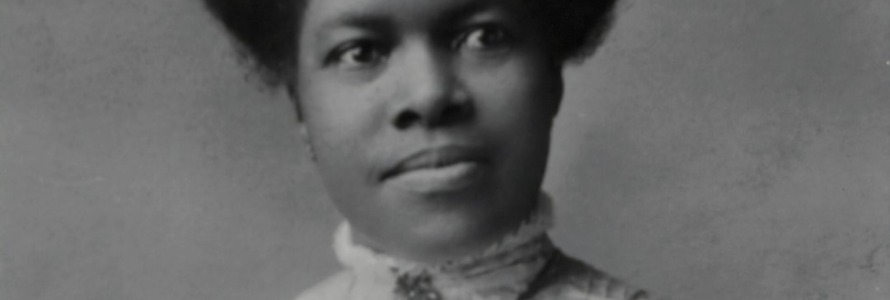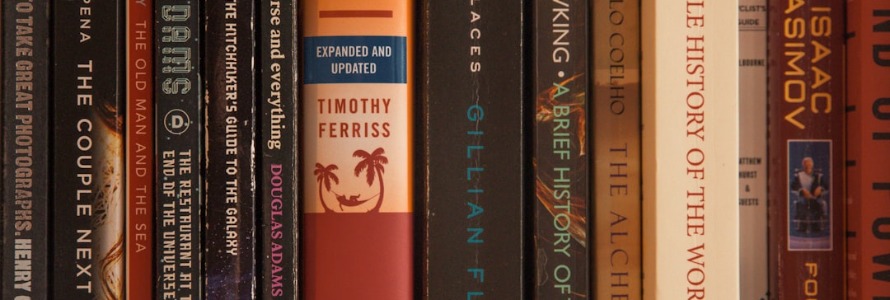
As an avid reader and passionate advocate for women’s voices in literature, I’ve found immense value in exploring works that offer a unique and authentic perspective on the female experience. Women’s literature provides a rich tapestry of narratives that delve into themes of identity, resilience, and empowerment. Here, I’d love to share some of the most essential reads in women’s literature that have left a lasting impression on me.
1. “Pride and Prejudice” by Jane Austen
Jane Austen’s “Pride and Prejudice” is a timeless classic that continues to resonate with readers around the world. I first read this novel in high school, and I was immediately captivated by Austen’s witty prose and sharp social commentary. The story follows the spirited Elizabeth Bennet as she navigates issues of class, family, and love in early 19th-century England.
One of the aspects of the novel that struck me most was Elizabeth’s independence and her refusal to conform to societal expectations. Her intelligence and wit, combined with her determination to marry for love rather than convenience, made her a relatable and inspiring protagonist. “Pride and Prejudice” reminded me of the importance of staying true to oneself and the power of challenging societal norms.
2. “The Handmaid’s Tale” by Margaret Atwood
Margaret Atwood’s “The Handmaid’s Tale” is a powerful and thought-provoking dystopian novel that explores themes of gender, power, and autonomy. I picked up this book during a period of heightened social and political awareness, and Atwood’s narrative deeply resonated with me. The story is set in a totalitarian society where women are stripped of their rights and forced into rigid roles.
Reading “The Handmaid’s Tale,” I was struck by the protagonist Offred’s resilience and her quest for freedom in the face of oppression. Atwood’s exploration of the impact of patriarchal control on women’s lives reminded me of the importance of vigilance and resistance in the fight for gender equality. This novel serves as a powerful reminder of the fragility of women’s rights and the need for continued advocacy.

3. “Beloved” by Toni Morrison
Toni Morrison’s “Beloved” is a haunting and masterfully written novel that explores the legacy of slavery and its impact on the lives of African American women. I was drawn to this book because of Morrison’s reputation as a literary genius and her ability to tackle difficult subjects with grace and sensitivity. The novel tells the story of Sethe, a formerly enslaved woman haunted by the ghost of her deceased daughter.
Reading “Beloved,” I was deeply moved by Morrison’s exploration of the psychological and emotional scars left by slavery. Her rich, poetic prose and her ability to convey the complexities of trauma and healing resonated deeply with me. “Beloved” is a powerful testament to the resilience of the human spirit and the enduring impact of historical injustices.
4. “The Color Purple” by Alice Walker
Alice Walker’s “The Color Purple” is a powerful and moving novel that explores the lives of African American women in the early 20th century. I was drawn to this book because of its reputation as a groundbreaking work of fiction and its exploration of themes such as racism, sexism, and empowerment. The novel follows the journey of Celie, a young Black woman who overcomes tremendous adversity to find her own voice and strength.
Reading “The Color Purple,” I was deeply moved by Walker’s portrayal of the resilience and solidarity of Black women. Her ability to convey the complexities of human relationships and the transformative power of love and self-discovery resonated deeply with me. This novel is a testament to the strength of the human spirit and the importance of finding one’s own path.
5. “The Yellow Wallpaper” by Charlotte Perkins Gilman
Charlotte Perkins Gilman’s “The Yellow Wallpaper” is a compelling short story that explores themes of mental health and the constraints placed on women in the 19th century. I first encountered this story in a college literature course, and its vivid portrayal of a woman’s descent into madness left a lasting impression on me. The story is narrated by a woman who is confined to her bedroom by her husband and forbidden from engaging in any intellectual activity.
Gilman’s narrative is a powerful critique of the medical and societal practices that sought to control and silence women. The protagonist’s struggle to maintain her sanity and autonomy reminded me of the importance of mental health and the need to challenge oppressive systems. “The Yellow Wallpaper” is a thought-provoking exploration of the impact of patriarchal control on women’s lives.
6. “I Know Why the Caged Bird Sings” by Maya Angelou
Maya Angelou’s “I Know Why the Caged Bird Sings” is a classic memoir that chronicles her early years and the challenges she faced growing up in the segregated South. I was drawn to this book because of Angelou’s reputation as a gifted writer and poet. Her lyrical prose and unflinching honesty about her experiences with racism, trauma, and identity left a lasting impact on me.
Angelou’s memoir inspired me to examine my own life and the factors that have shaped my identity. Her journey toward self-acceptance and empowerment resonated deeply, reminding me of the transformative power of storytelling. “I Know Why the Caged Bird Sings” is not just a memoir; it’s a beacon of hope and a call to embrace our true selves.
Conclusion
Women’s literature offers a rich and invaluable window into the lives and experiences of women, providing insights into their struggles, triumphs, and cultural heritage. Each of these works has left a lasting impact on me, shaping my understanding of identity, resilience, and the power of storytelling.
Through their words, we gain a deeper understanding of the complexities of the female experience and the strength of the human spirit. These books are not just stories; they are lessons in empathy, self-discovery, and the importance of cultural heritage. For anyone looking to explore the rich tapestry of women’s literature, these reads are essential.
As I continue to explore the vast landscape of women’s literature, I am constantly reminded of the beauty and complexity of the human experience. It is through these personal narratives that we can find inspiration, comfort, and a deeper appreciation for the voices that have shaped our understanding of identity and cultural heritage.


